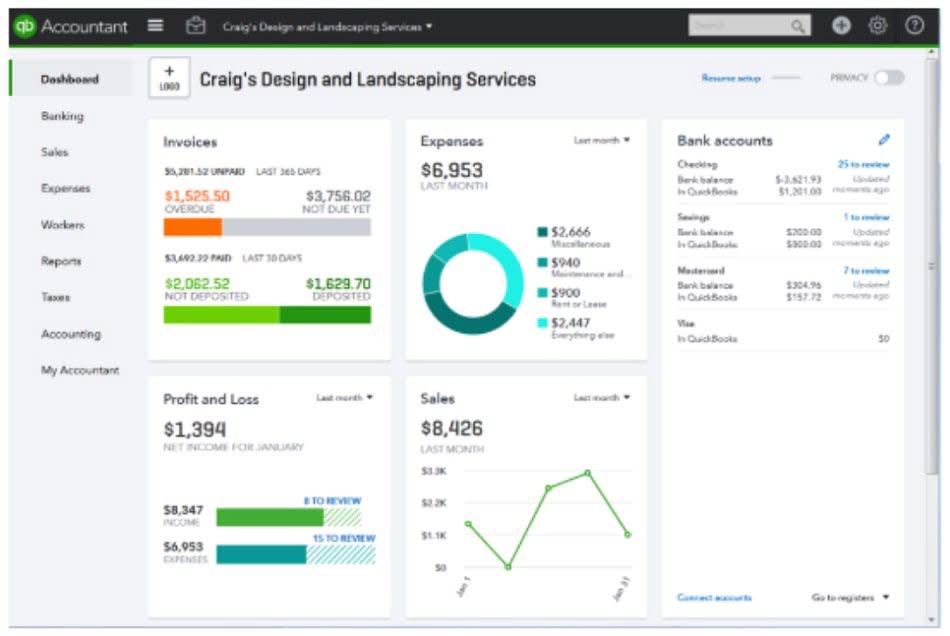
For investors and fund managers, the importance of liquidity is underscored by its role in portfolio management and risk mitigation. Highly liquid assets offer flexibility, allowing investors to adjust their portfolios in response to changing market conditions, capitalize on investment opportunities, or meet short-term liquidity needs. Additionally, liquidity provides a layer of protection against unforeseen circumstances, as it enables investors to exit positions swiftly in the event of market volatility or adverse developments. In essence, liquidity serves as the lifeblood of financial markets, fostering efficiency, stability, and confidence among market participants. It underpins the smooth functioning of trading activities, supports price discovery mechanisms, and enables investors to deploy their capital effectively.
The most liquid assets
Cash and cash equivalents are considered the most liquid assets, followed by marketable securities like stocks and bonds. The order of liquidity is observed on a company’s balance sheet, which is a financial statement providing a snapshot of assets, liabilities, and equity at a specific point in time. Assets on the balance sheet are broadly categorized into current assets and non-current assets.
Order of liquidity – Financial definition

Liquid Assets are the business assets that can be converted into cash within a short period and include the assets such as cash, marketable securities, and money market instruments. The next assets on the list are accounts receivable, which generally have a days credit period to liquidate themselves. Inventory is also considered a current asset, but its liquidity can vary depending on the company and the time it takes to sell. Which are liquid assets you can convert into https://woaseue.com/california-vs-oregon-taxes-income-property-sales/ cash immediately at the current assets of the market price, through marketable securities.
A Beginner’s Guide to Effective WhatsApp Marketing in 2024
Current Assets are cash and other assets that can be converted into cash within one year. This is usually the standard definition for Current Assets because most companies have an operating cycle shorter than a year. The quick ratio evaluates liquidity thoroughly by not including inventory.

- These could also consist of resources like investments or materials that the company sells to generate cash during the business cycle.
- Unlike liquid assets that can be easily and quickly sold for cash, non-liquid assets or illiquid assets are more difficult to convert into cash.
- Companies that maintain their assets in an order of liquidity can quickly discern which assets can be tapped at short notice to cover immediate financial needs.
- Cash on hand is considered the most liquid type of liquid asset since it is cash itself.
- It is used to gauge how much cash a company can come up with in a short period.
- Both categories are generally presented in order of their maturity, mirroring the liquidity principle applied to assets.
Accounts payable, bank loans and lines of credit, and employee salaries are good examples of current liabilities. Current liabilities\r\nLike assets, current liabilities are debts or expenses due to be paid within a year’s timeframe. On one hand, a company has a legal claim to cash that is due to them often as part of their business operations. A customer may have bought something on credit, list assets in order of liquidity so after the credit term is up, the company is due to receive cash. Items on a company’s balance sheet are typically listed from the most to the least liquid.
What does order of liquidity mean in finance?

Investors use this order to gauge a company’s financial risk and potential for returns. A robust level of liquid assets signal financial stability, while a lack of liquidity suggests potential difficulties in meeting short-term commitments. Creditors, such as banks, rely on this information to evaluate a borrower’s capacity to repay loans by reviewing the company’s liquid assets. The composition of assets also signals a company’s approach to capital management.

It’s also great for cash management, as companies can know what generates cash and how quick accounts can be converted into cash should the need arise. Within the balance sheet, we can find information on the assets, liabilities and shareholders’ equity of a company. Under U.S. Generally Accepted Accounting Principles (GAAP), assets must be categorized based on their expected liquidity timeline. International Financial Reporting Standards (IFRS) allow more flexibility, permitting companies in some jurisdictions to list assets in reverse order of liquidity. This difference can affect comparative financial analysis, particularly for multinational corporations Mental Health Billing operating under both frameworks. Regulatory frameworks reinforce the importance of liquidity-based asset classification.